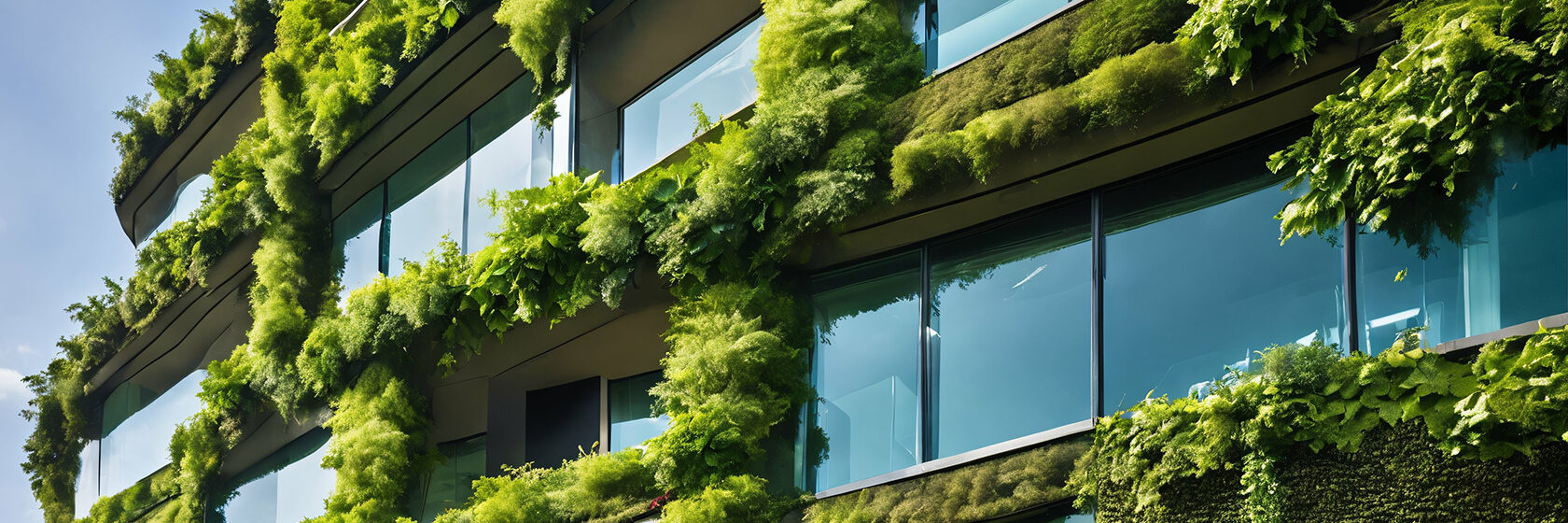
Parametric design as a driver of digitalisation
At Sweco, embracing parametric design is a key part of our broader digitalisation strategy. Digitalisation in this context means using cutting-edge digital tools to work smarter and more collaboratively. Parametric design perfectly fits this vision: it’s a digital innovation that transforms the traditional design process. By incorporating parametric methods into projects, Sweco leverages automation and algorithms to enhance our engineering and architectural services. This approach is not a standalone gimmick – it’s integrated with other digital tools like Building Information Modeling (BIM) and even emerging technologies like digital twins. Together, these tools accelerate project development and help maximise the potential of digitalisation in every project.

Parametric design in action: a practical example
A great example of parametric design driving better outcomes is the Heilig Hart Regional Hospital project in Tienen, Belgium. From the early design phase, Sweco’s team combined parametric design techniques with BIM and dynamic simulations to optimize the hospital’s plans. Parameters such as energy performance targets, patient comfort needs, and site constraints were built into a digital model, generating and evaluating numerous design iterations.
This process led to a high-performing, recyclable façade composed of prefabricated elements and a smart building layout. Despite expanding the hospital’s capacity, the final design managed to limit the building’s footprint and maximize green space on the campus. The design’s flexibility also ensures operational efficiency, with departments strategically grouped and the structure adaptable to future needs.
Flexible
One of the biggest advantages of parametric design is the flexibility it offers. Because designs are driven by adjustable parameters, making a change doesn’t mean redrawing everything from scratch. The model simply regenerates a new solution that fits the new criteria. This flexibility saves time and encourages exploration of creative solutions without heavy cost or delay.
Optimised
Parametric design also leads to optimisation. Computers can quickly test countless variations of a design to find the option that best meets project goals – whether it’s minimizing material use, reducing cost, or enhancing structural performance. This ensures the final design is highly refined and well-informed by data.
Efficient
BIM enables sustainable design choices right from the start. By simulating aspects like material use and energy performance in the model, our teams can optimise environmental impact before construction begins. This leads to climate-smart designs that support long-term resilience.
Designing smarter, more sustainable communities
The broader goal behind Sweco’s digitalisation drive, including parametric design, is to design smarter and more sustainable communities. By harnessing advanced digital tools, we can tackle complex challenges like climate change, urbanization, and resource efficiency in our projects. Parametric design enables a more sustainable approach by optimizing resource usage and integrating sustainability parameters into design algorithms.






